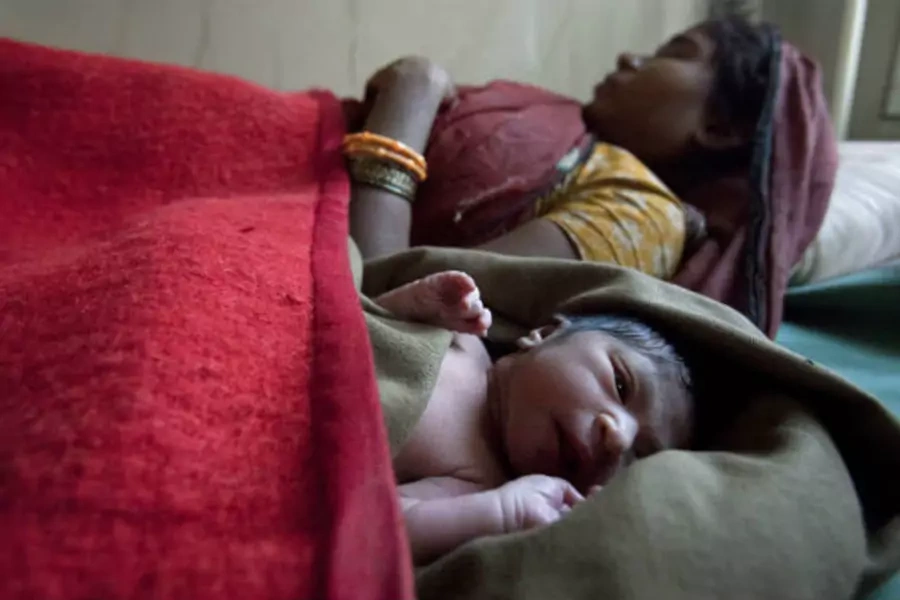Women Around the World: This Week

More on:
Welcome to “Women Around the World: This Week,” a series that highlights noteworthy news related to women and U.S. foreign policy. This week’s post, covering February 19 to February 26, was compiled by Anne Connell, Dara Jackson-Garrett, and Alexandra Eterno.
End of India’s sterilization policy The government of India announced this week that it will end its decades-long reliance on the sterilization of women as a primary mode of contraception and population control. The policy shift will affect millions of Indian women: four million women per year undergo tubal ligations, many with cash incentives paid by state governments at sterilization camps. After twelve women died and dozens more were sickened from botched sterilizations in 2014, public opinion and national political will in support of alternative contraceptive options began to grow. Following this week’s announcement, government-run health facilities around the country will introduce free injectable contraceptives for women. International health organizations have long advocated for new and more accessible birth control options for women in India and around the world: complications due to pregnancy and childbirth are the second leading cause of death for girls fifteen to nineteen years old globally, and research shows that 30 percent of maternal deaths could be prevented if women were able to space pregnancies two or more years apart.
Innovation in HIV prevention Findings from two major HIV studies released at a Boston conference on Monday and published in the New England Journal of Medicine offer promising evidence of the success of a new HIV-prevention method for women. A flexible and inexpensive insertable ring that slowly releases an antiviral drug has been shown to significantly lower the rate of HIV contraction from sexual partners. The two studies—The Ring Study clinical trial and a sister study called ASPIRE—involved over 4,500 women between the ages of eighteen and forty-five in Malawi, South Africa, Uganda, and Zimbabwe. The new ring did not eliminate transmission, but overall infection rates fell by between 27 percent and 31 percent in the trial groups. Researchers suggest that this represents one of the most significant advances to date in HIV prevention for African women: women make up nearly 60 percent of those living with the virus in sub-Saharan Africa.
Rise in child marriage among Syrian refugees New evidence suggests that rates of child marriage are climbing among Syrian refugees living in neighboring countries. Official data show that the number of girls married under the age of eighteen in Jordan’s refugee communities has risen steadily each year since the outbreak of conflict, from 12 percent in 2011 to 32 percent in 2014. In 16 percent of these cases, men married girls who were 15 or more years younger. Anecdotal evidence suggests that the prevalence of child marriage may be higher in reality than official data show, given the sizeable number of unregistered marriages. Even as some Syrian parents report awareness of the risks of child marriage and resistance to the practice, families are increasingly using child marriage as a coping mechanism to counter insecurity caused by conflict and mass displacement. Financial stress, fears of child labor, food insecurity, and parents’ desires to protect daughters from sexual violence in refugee camps factor into decisions to push girls into marriages; however, evidence shows that this practice only serves to exacerbate poor development outcomes in places already overwhelmed by complex challenges.
More on:
 Online Store
Online Store